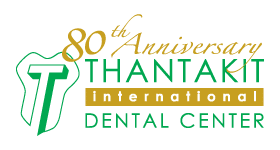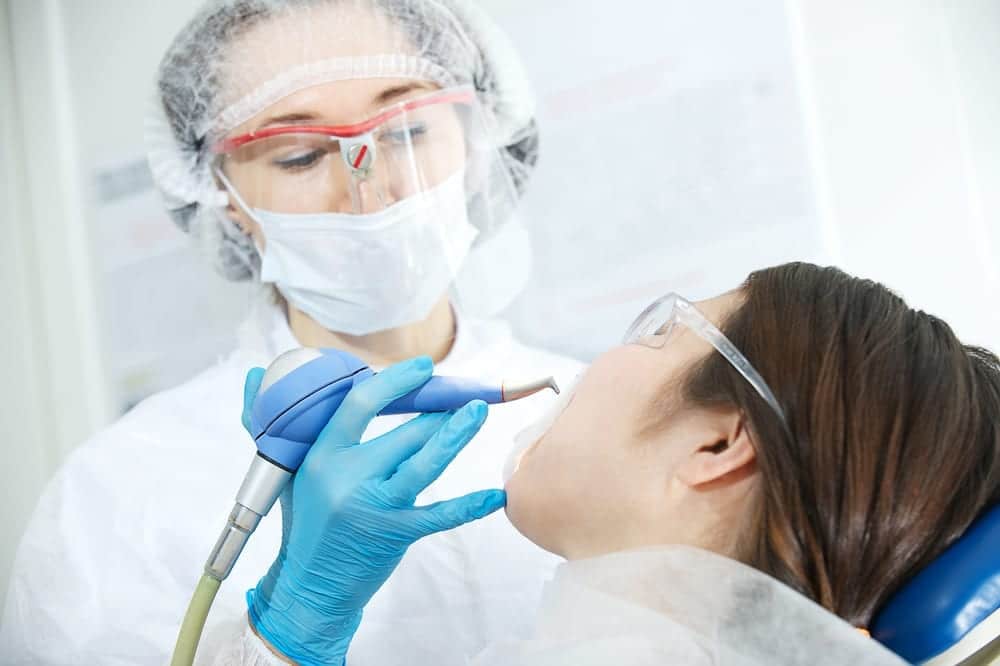Temporomandibular Joint Disorders (TMD)
What is TMJ and TMD?
The temporomandibular joint (TMJ) acts like a sliding hinge, connecting your jawbone to your skull. You have one joint on each side of your jaw. TMJ disorders — a type of temporomandibular disorder or TMD — can cause pain in your jaw joint and in the muscles that control jaw movement.
The exact cause of a person’s TMJ disorder is often difficult to determine. Your pain may be due to a combination of factors, such as genetics, arthritis or jaw injury. Some people who have jaw pain also tend to clench or grind their teeth (bruxism), although many people habitually clench or grind their teeth and never develop TMJ disorders.
In most cases, the pain and discomfort associated with TMJ disorders is temporary and can be relieved with self-managed care or nonsurgical treatments. Surgery is typically a last resort after conservative measures have failed, but some people with TMJ disorders may benefit from surgical treatments.
What causes TMD?
In many cases, it’s not known what causes a TMJ disorder. Trauma to the jaw or joint may play a role. There are also other health conditions that may contribute to the development of TMD. These include:
- arthritis
- erosion of the joint
- habitual grinding or clenching of the teeth
- structural jaw problems present at birth
There are some other factors that are often associated with the development of TMD, but they haven’t been proven to cause TMD. These include:
- the use of orthodontic braces
- poor posture that strains the muscles of the neck and face
- prolonged stress
- poor diet
- lack of sleep
What are the symptoms of TMD?
Signs and symptoms of TMJ disorders may include:
- Pain or tenderness of your jaw
- Pain in one or both of the temporomandibular joints
- Aching pain in and around your ear
- Difficulty chewing or pain while chewing
- Aching facial pain
- Locking of the joint, making it difficult to open or close your mouth
TMJ disorders can also cause a clicking sound or grating sensation when you open your mouth or chew. But if there’s no pain or limitation of movement associated with your jaw clicking, you probably don’t need treatment for a TMJ disorder.
Symptoms may show up on just one side of the face, or both.
How is TMD diagnosed?
TMJ disorders can be difficult to diagnose. There are no standard tests to diagnose these disorders. Your doctor may refer you to a dentist or an ear, nose, and throat (ENT) specialist to diagnose your condition.
Your doctor may examine your jaw to see if there is swelling or tenderness if you have symptoms of a TMJ disorder. Your doctor may also use several different imaging tests. These can include:
- X-rays of the jaw
- CT scan of the jaw to see the bones and joint tissues
- MRI of the jaw to see if there are problems with the structure of the jaw
Treatment for TMD
In most cases, the symptoms of TMD can be treated with self-care practices at home. To ease the symptoms of TMD you can:
- eat soft foods
- use ice to reduce swelling
- reduce jaw movements
- avoid chewing gum and tough foods (like beef jerky)
- reduce stress
- use jaw-stretching exercises to help improve jaw movement
You may need help from your doctor if your symptoms don’t improve with these treatments. Depending on your symptoms, your doctor may prescribe or recommend the following:
- pain medications (such as ibuprofen)
- medications to relax the muscles of the jaw (such as Flexeril, Soma, or Valium)
- medications to help reduce swelling in the jaw (corticosteroid drugs)
- stabilization splints or bite guards to prevent teeth grinding
- Botox to reduce tension in the muscle and nerves of the jaw
- cognitive behavioral therapy to help reduce stress
In rare cases, your doctor may recommend surgery or other procedures to treat your condition. Procedures can include:
- corrective dental treatment to improve your bite and align your teeth
- arthrocentesis, which removes fluid and debris from the joint
- surgery to replace the joint
Procedures used to treat this condition may, in some cases, make your symptoms worse. Talk to your doctor about the potential risks of these procedures.
Our Dental Specialist for TMD
Dr. Nattakarn Hosiriluck (Ph.D.)
Dental Occlusion, Temporomandibular disorders
Education
- 2019: Ph.D. (Dental Science: Oral Biology), Health Science University of Hokkaido, Japan
- 2014: Higher Grad. Dip. (Masticatory Science), Faculty of Dentistry, Mahidol University
- 2013: Doctor of Dental Surgery, Faculty of Dentistry, Srinakharinwirot University
Academic and professional background
- 2014-present: Full time faculty, Faculty of Dentistry, Mahidol University (Department of Masticatory Science)
Membership
- Thai Dental Council
- Thai Association for the study of pain












